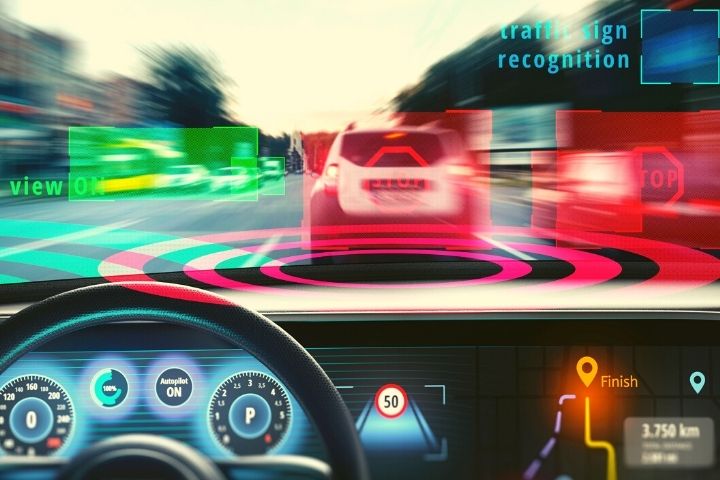We were quite distant to find autonomous cars on the streets, but each time that is closer. More and more car brands are working on them, and some of those brands, although they have not yet released a fully autonomous car, have added some functions of this type to their vehicles. We can say that practically, autonomous vehicles are a not too distant reality.
Table of Contents
What Are Autonomous Cars?
An autonomous car is a vehicle capable of performing all driving functions between an origin and a destination without the need for a human to intervene at any time , beyond indicating the starting and ending point of the journey. All intermediate stages in which the performance of a driver is required imply that autonomy is not complete, but limited.
Although there are different projects under development, it is common to see videos in which a car appears in motion without the intervention of the driver, who is seated but does not carry the controls, or they are seen directly driving driverless cars. These videos are made in controlled environments, with excellent weather and traffic conditions and with vehicles whose level of autonomy is advanced but in no case absolute.
ADAS: Advanced Driver Assistance Systems
The ADAS are the driving assistants available to current cars to avoid, as far as possible, an accident from occurring. They need a series of sensors to calculate distances, detect objects and analyze the traffic situation. With the information that these sensors analyze, the vehicle’s electronics (especially electrical control distributor) are capable of making pre-established decisions and acting on the accelerator, brakes or steering, as well as warning the driver in the event of detecting risks that require their immediate intervention
What Technology Does An Autonomous Car Have?
The autonomous car is capable of perceiving the environment . For this, technologies such as radar, LIDAR, laser, computerized vision by cameras and global positioning systems such as GPS can be used. All this supposes an important capture of information of the surroundings;
You can identify the route, but you can also interpret road signs and recognize obstacles. It is also important to have a detailed cartographic reproduction of the terrain, so that progress in navigation is normal. All this hardware can have dependencies on an artificial intelligence system and be connected to ‘the cloud’. Thus, the information obtained by all vehicles can be used for the rest and, ultimately, the constant evolution of an autonomous driving system following the guidelines of automatic learning.
Different Levels Of Autonomous Driving
There are several criteria to classify autonomous driving in terms of the different levels . The criteria establishes that level 0 is the one that requires a human for absolutely everything, in such a way that it is not even considered as a level of autonomous driving. The level 1 means that ‘individual controls are automatic’ , then every autonomous vehicle with emergency brake, cruise control or stability, for example, would be included in this level. And yet to enter level 2 autonomous driving is a requirement that ‘two functions are controlled by the vehicle at the same time’ . For example, cruise control and lane keeping.
In level 3 driving , yes, the car controls itself and is capable of autonomously managing all driving-related functions. In this penultimate level, however, a driver is required as an assistant, to whom consultations can be launched on specific occasions. And the last, autonomous driving level 4 , is full or real autonomous driving , while the vehicle can drive itself completely and without any human assistance. The human only complies with the initial guideline of indicating the route to which the vehicle has to go.
